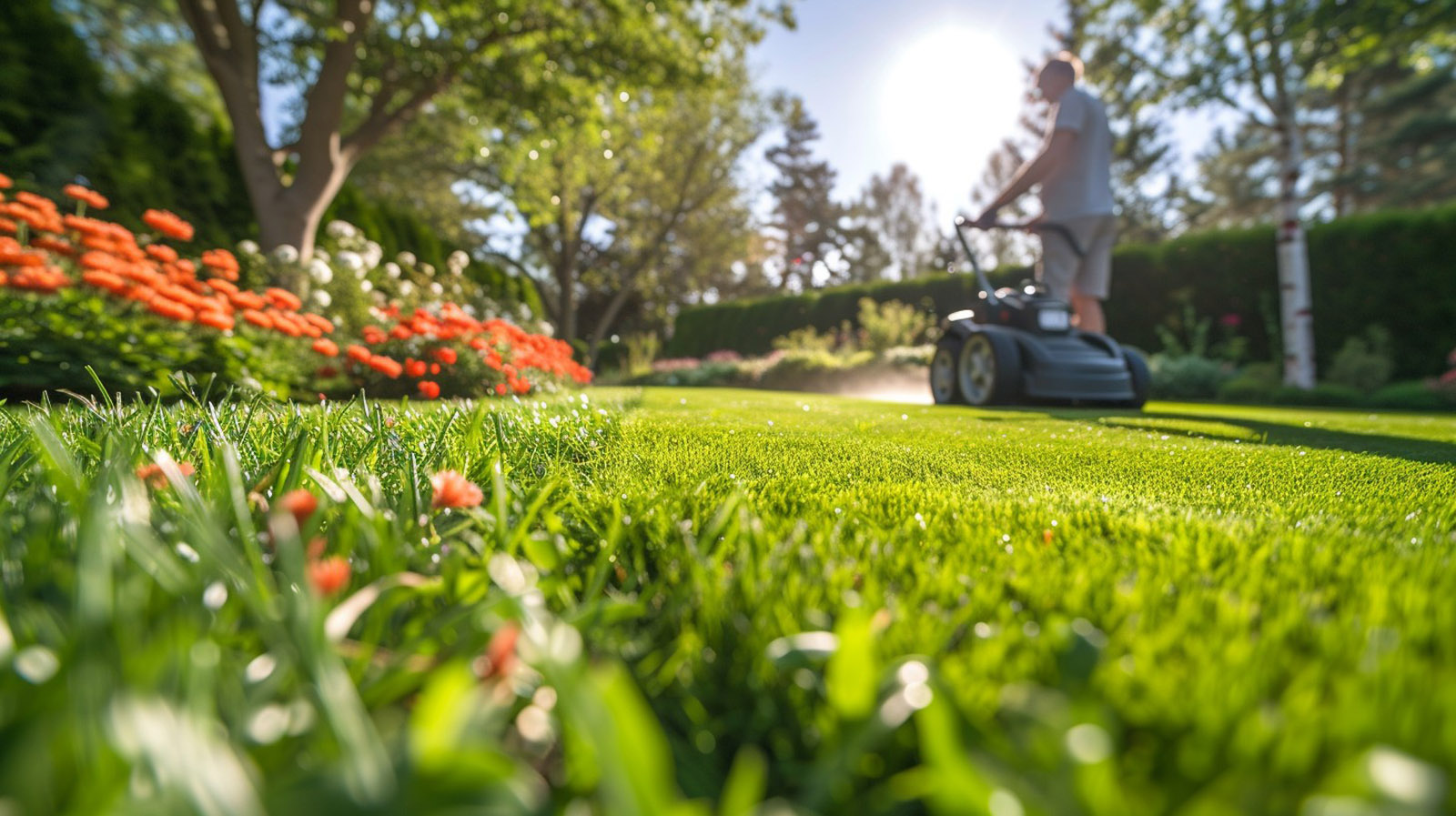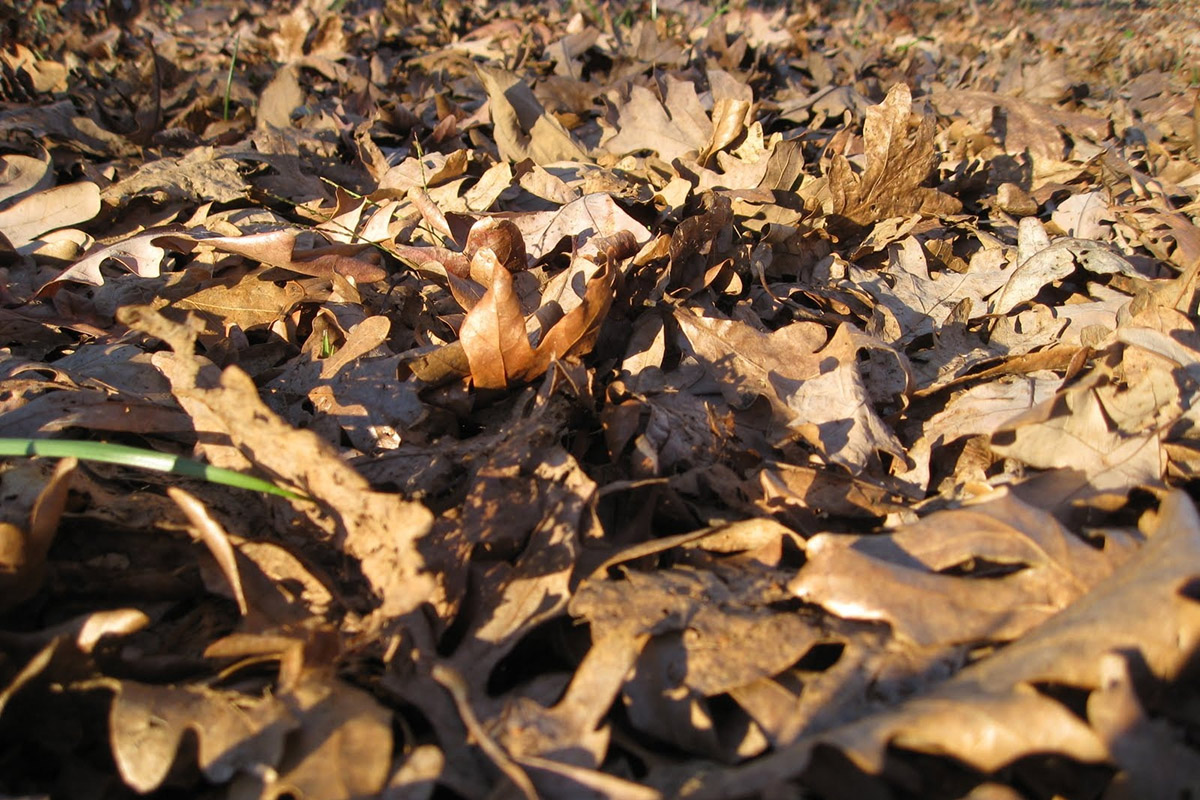
As the vibrant autumn foliage blankets Lower Mainland, Vancouver Island, and the Okanagan in British Columbia, homeowners face the annual task of managing fallen leaves. This season presents a choice between traditional raking and the more sustainable alternative of mulching leaves, each with its unique advantages, tailored to the diverse climates across these regions.
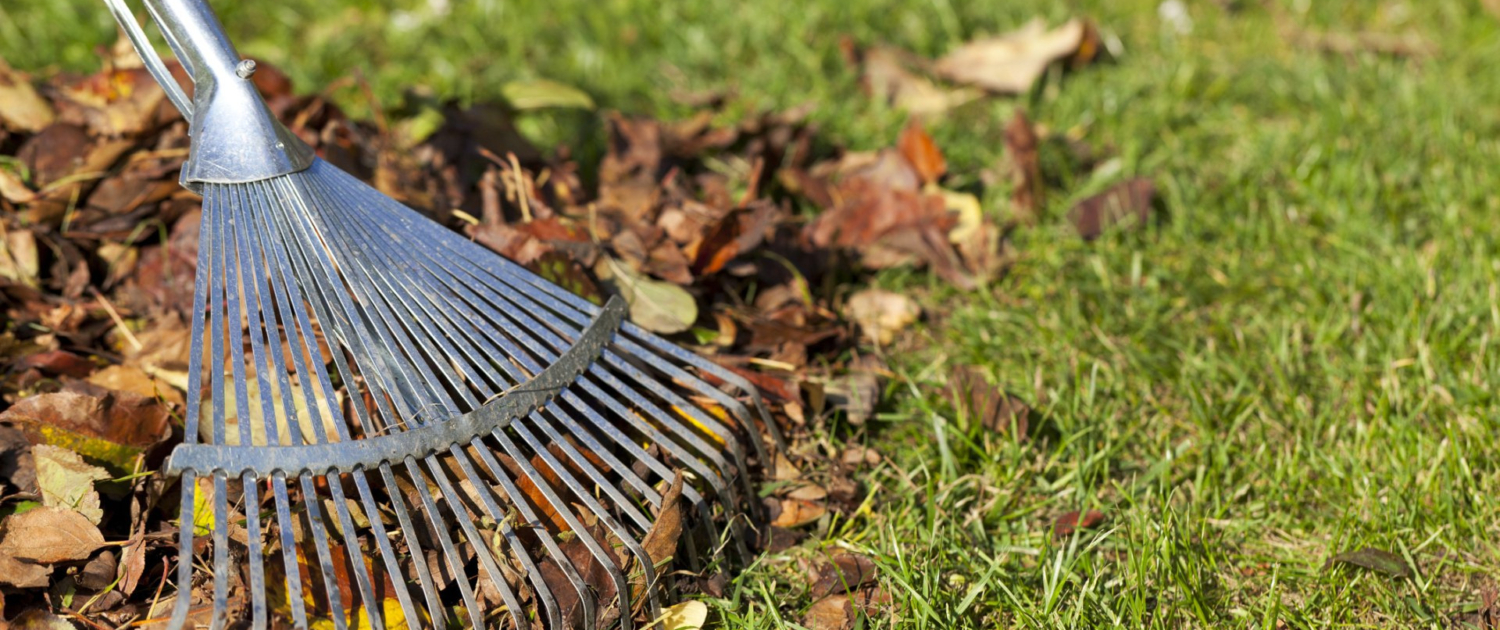
Raking Leaves
Raking Leaves
Raking is a familiar method, involving the manual clearing of fallen leaves. In regions like Lower Mainland and Vancouver Island, characterized by milder autumns, the leaf fall isn’t as extensive as in the Okanagan. Raking may seem manageable, but it’s a labor-intensive process that involves bagging and disposing of the collected leaves.
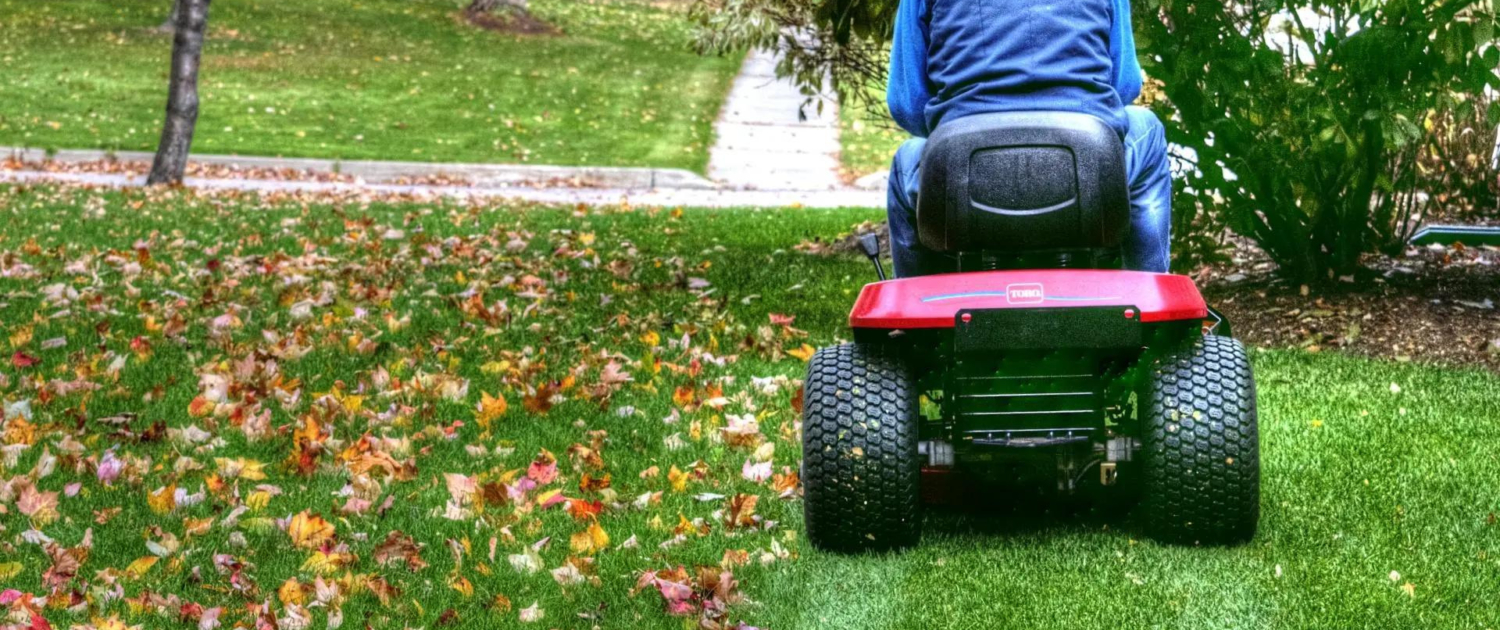
Mulching Leaves
Mulching Leaves
Mulching leaves, on the other hand, are gaining popularity due to their environmental benefits. Using a mulching mower, leaves are shredded into smaller pieces and left on the lawn. In regions like the Okanagan, where the fall is more pronounced, mulching becomes an efficient way to manage extensive leaf coverage.
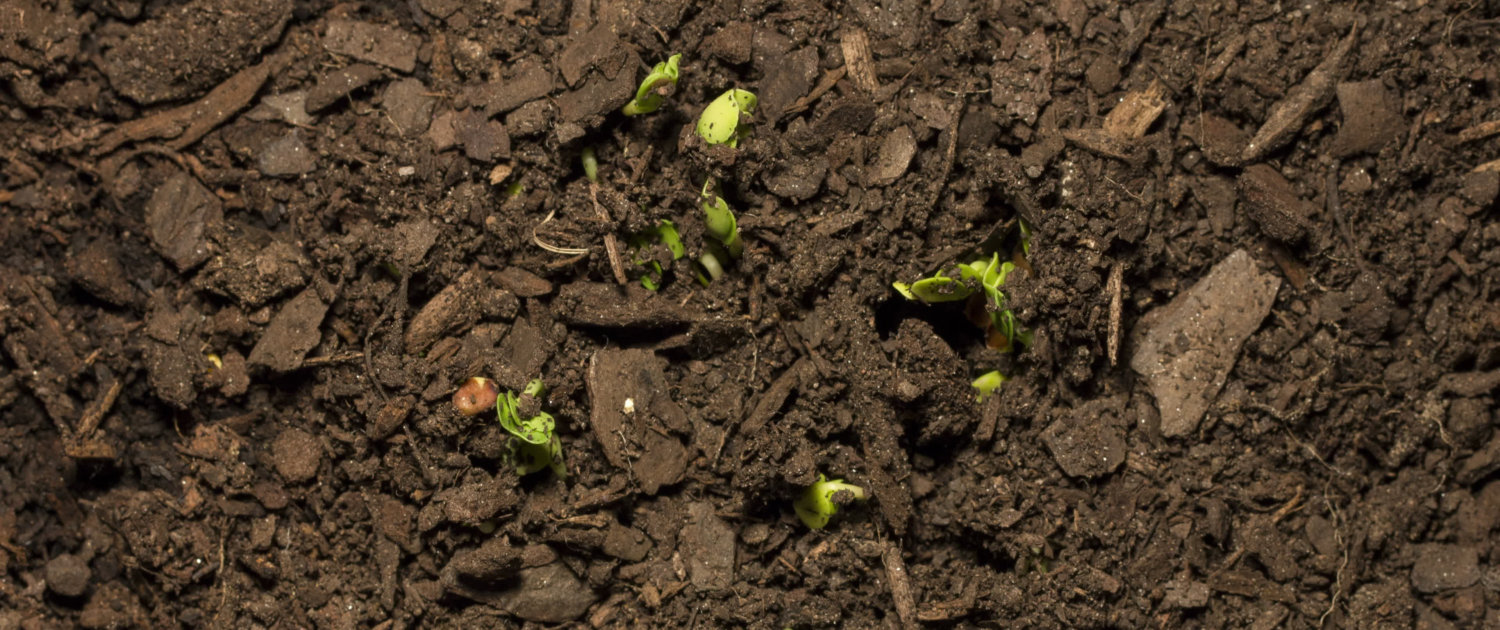
Benefits of Mulching Over Raking in British Columbia
Benefits of Mulching Over Raking in British Columbia
- Nutrient-Rich Soil: Mulched leaves decompose, enriching the soil with nutrients vital for the next season’s growth.
- Moisture Retention: The mulch layer retains moisture, benefiting the grass during dry periods, prevalent in Okanagan’s semi-arid conditions.
- Sustainable Practice: Mulching reduces waste, recycling leaves back into the ecosystem, aligning with British Columbia’s eco-conscious approach.
By choosing mulching over raking in British Columbia’s varied landscapes, homeowners contribute to a healthier lawn while minimizing environmental impact. Embracing mulching as an autumn practice ensures a sustainable and enriched outdoor environment across Lower Mainland, Vancouver Island, and the Okanagan.
